Mythology
-
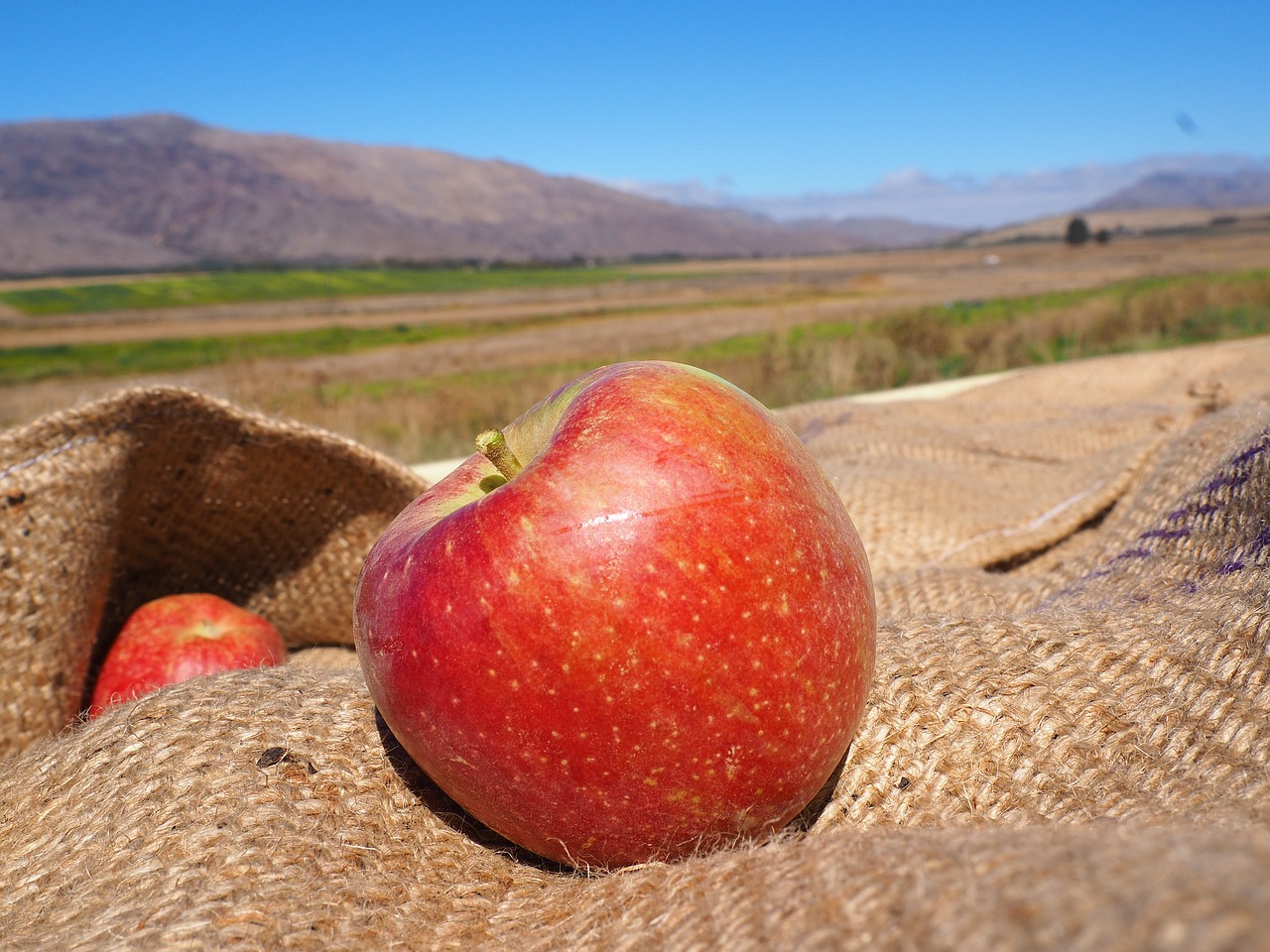
Ceres, the Roman goddess associated with agriculture and harvest, plays an integral role in mythology, symbolizing both bounty and scarcity. While her blessings bring about abundant crops, her discontent leads to blight and famine. She is often envisioned as a nurturing matron adorned with symbols such as the sickle, grains, and cornucopia. Her Greek equivalent…
-
He was not to blame for his predicament. How could someone so noble, so strikingly beautiful, bear any fault? He was the golden boy, the cherished one of his mother’s kin. How had everything spiraled into chaos? How had his radiant ambitions dulled? Raised on tales filled with pride recited by his mother, he learned…
-
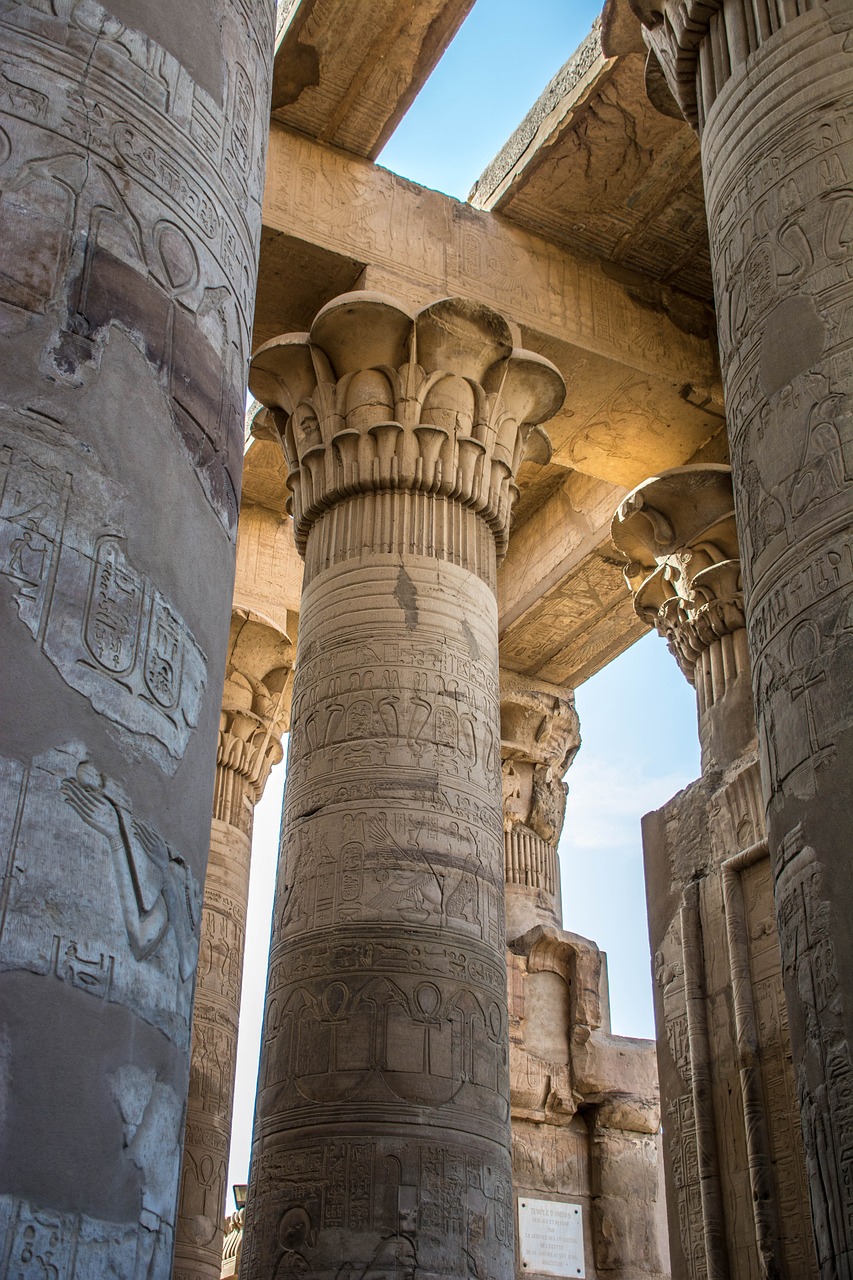
Ancient Egyptian religion encompasses the indigenous beliefs of Egypt from predynastic times (around the 4th millennium BCE) through to the eventual decline of traditional culture in the early centuries CE. For a comprehensive understanding, one should reference the historical context of Egypt. Overview and Importance Egyptian religious beliefs and practices were intricately woven into the…
-
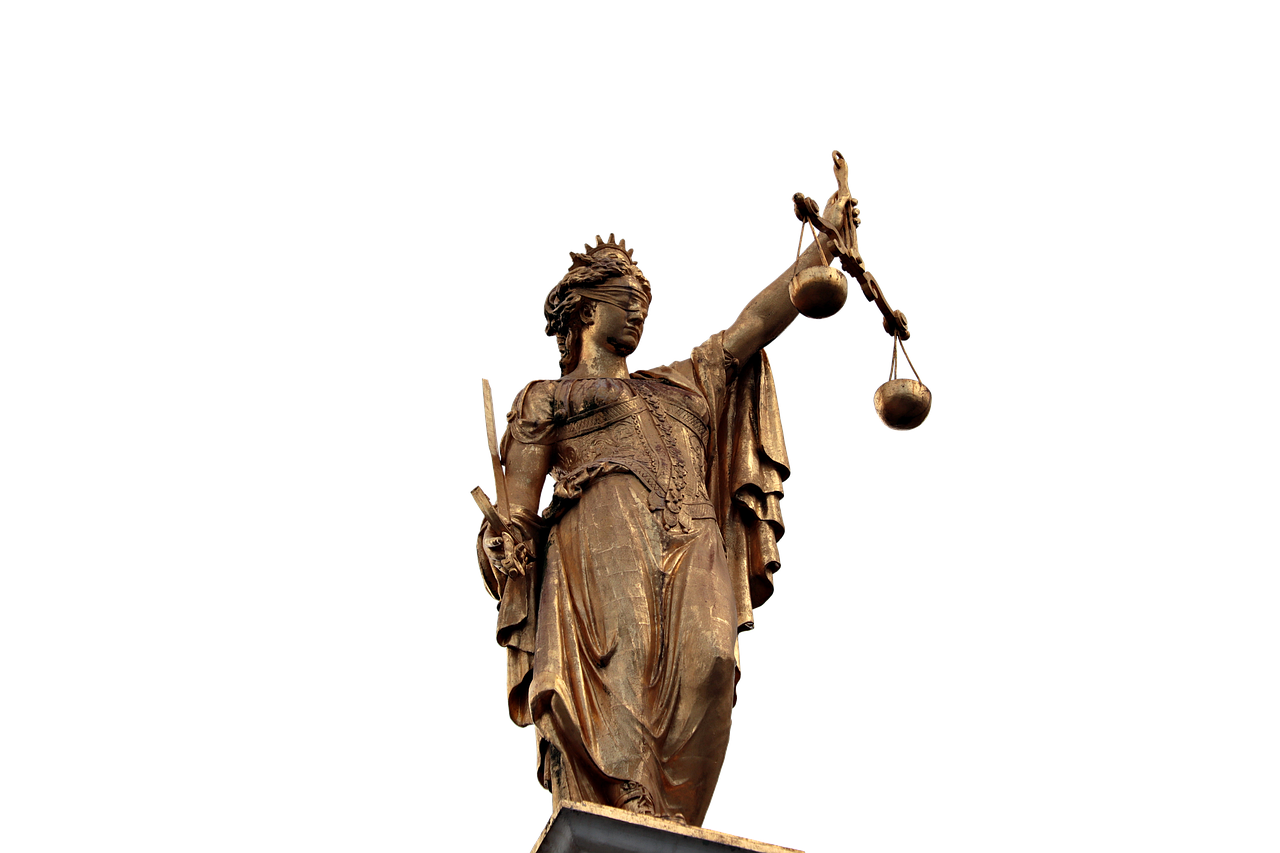
Uranus: The Primordial Sky God in Greek Mythology Uranus (Ouranos) ranks as the earliest god of the heavens in Greek mythology, embodying the sky as a massive dome of brass adorned with stars. In this ancient world view, the edges of the sky connected to the earth, resting on its furthest reaches. Uranus represented the…
-
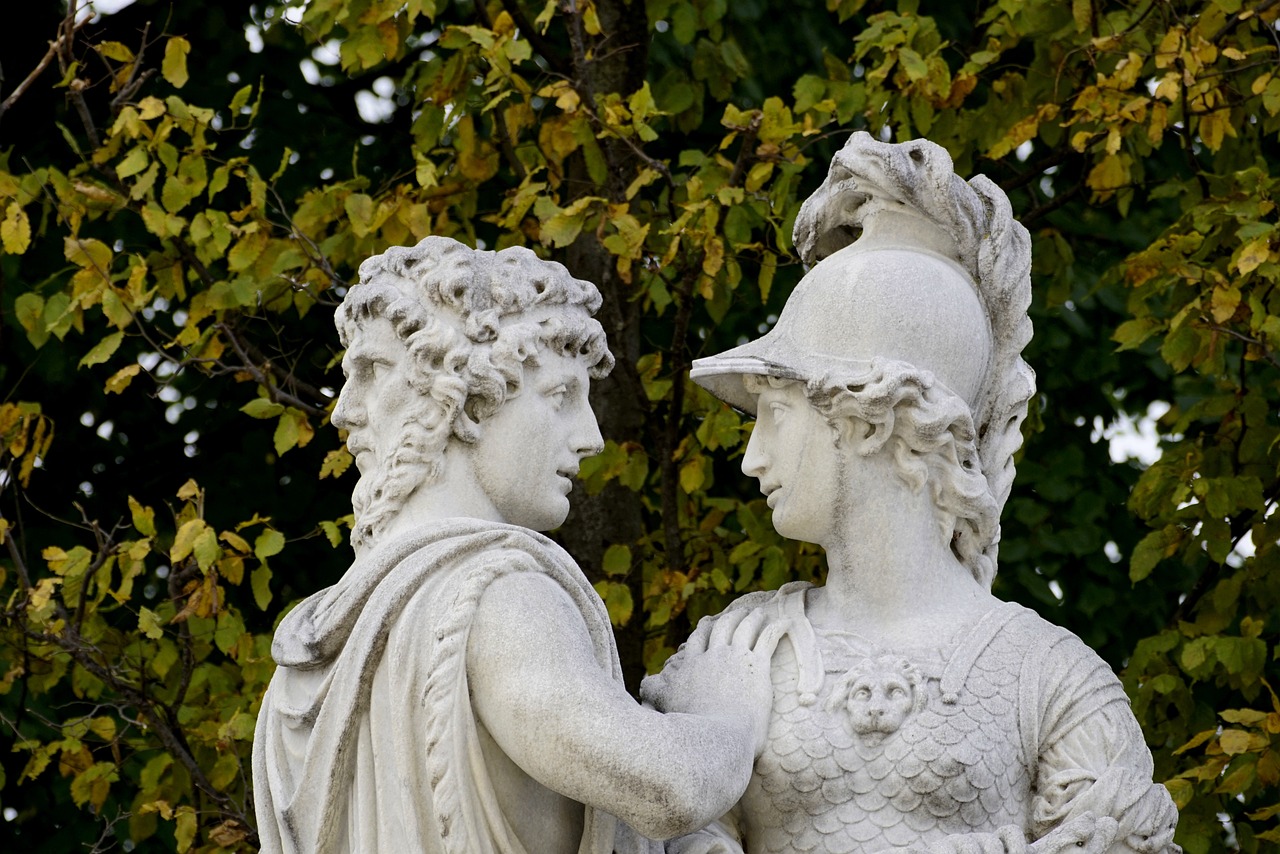
In the realm of Egyptian spirituality and mythology, Mut, also known as Maut, was revered as a mother goddess whose head resembled that of a vulture. She was the consort of Amon, one of the principal deities, and the mother of Khons, together forming a revered triad at Thebes. Amon was frequently depicted in the…
-
Ireland’s folklore is among the most vibrant and imaginative in the world, filled with tales of fairies, Leprechauns, and the ancient festival of Samhain, which has evolved into what we celebrate as Halloween today. The roots of this folklore are deeply embedded in the early Celtic pantheon of gods and goddesses that shaped Irish culture…
-
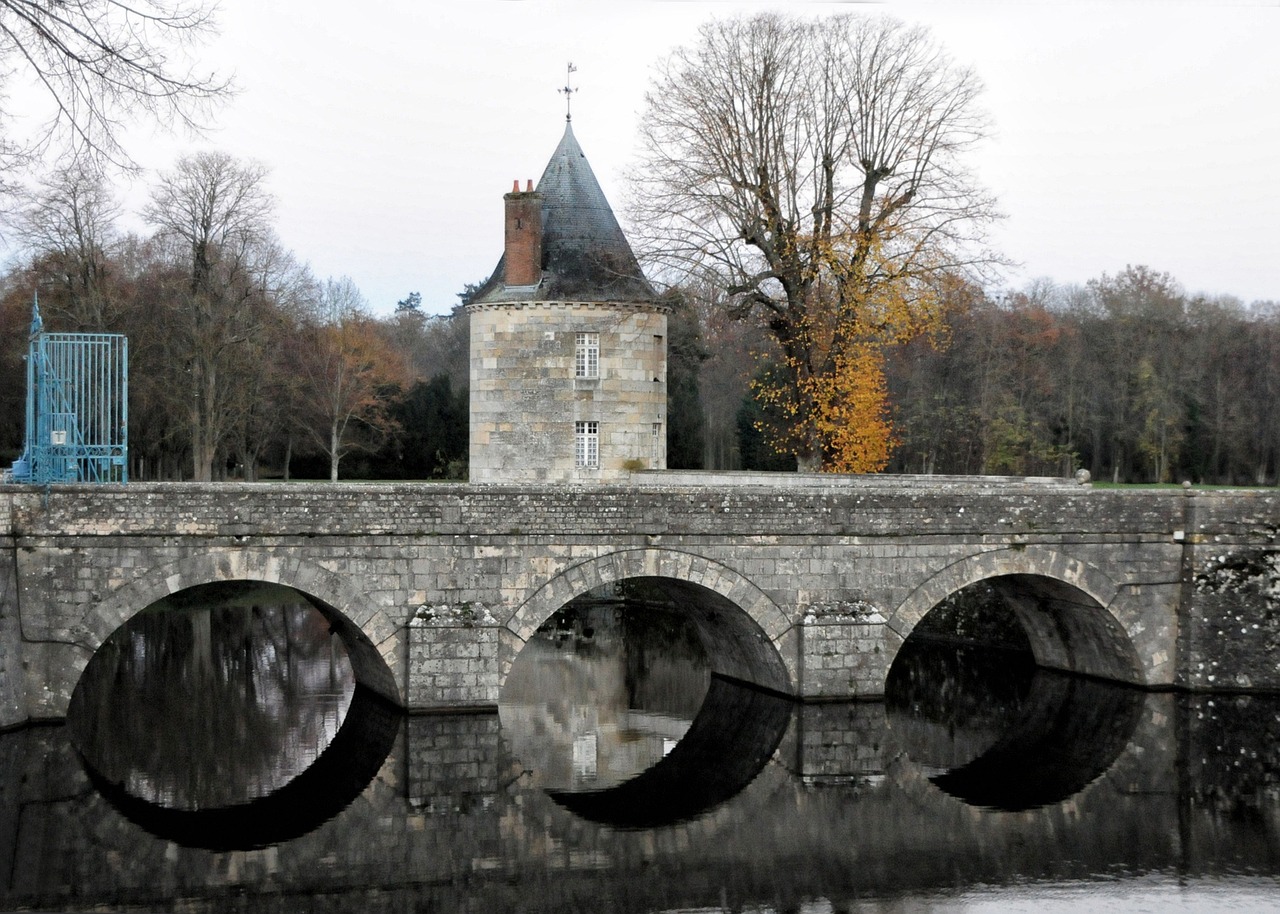
Sulis, renowned as one of the most prominent goddesses of Celtic mythology, is primarily linked to a singular sacred site located at a thermal spring in the southwest region of England. This location, recognized by the Romans as Aquae Sulis, served not only as a spa destination but also housed a temple dedicated to Sulis…
-
Epona: The Celtic Goddess of Horses Epona, known as the Great Mare, stands prominently as a Goddess of Horses revered among the Gauls. Despite her significance, extensive information regarding her remains sparse. The legends of the Gaulish Celts have largely disappeared over time, as much of what we know stems mainly from inscriptions and monuments…
-
The name “Camulos” is thought to denote various meanings. According to Olmsted, it signifies “of Conflicts” or “the Warrior,” whereas Delamarre interprets it as “Champion or Servant.” While Olmsted remains uncertain about the name’s etymology, Delamarre asserts a connection to an unusual Old Irish term ‘Cumall,’ which translates to ‘Champion.’ The term ‘servant’ derives from…
-
Mafdet: The Egyptian Goddess of Justice Mafdet, a prominent figure in Egyptian mythology, is the lion-headed goddess associated with justice, judgment, and execution. Often depicted in human form adorned with the head of a lioness and a crown of snakes, she embodies ferocity that protects against dangerous creatures like scorpions and snakes. As one of…


